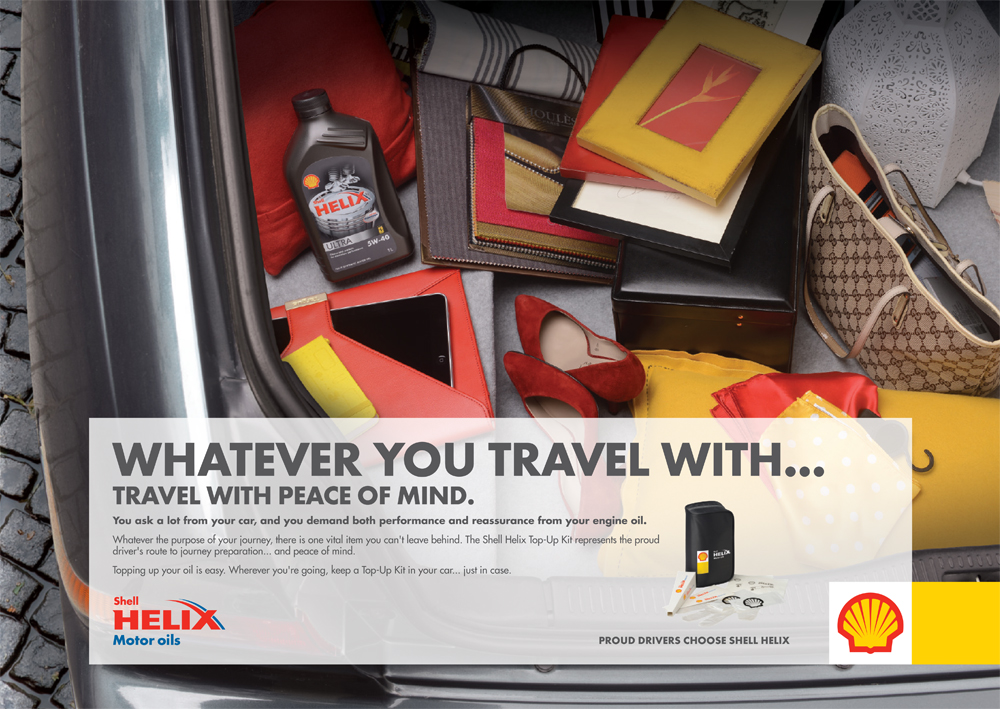The big squeeze – are big brands increasingly using smaller consultancies?
Greenwich Design managing director Simon Wright says brands are increasingly ‘decoupling’ work from bigger groups and instead using networks of smaller consultancies.

The other day I had another call from a client who’d been let down by their big brand consultancy, needing us to step in. Client marketers know that smaller consultancies don’t have the pipelines and processes that big brand consultancies have. Their structure is more flexible and streamlined (often with their own team of artworkers in-house) which means they can get things done on time. What’s interesting, though, is that we’ve been getting more of these distress calls over time.
Big branding consultancies are definitely still seen by clients as the go-to places for the big creative idea on which to hang the whole brand strategy, redesign, advertising campaign or packaging design. However, where the big branding consultancies fall down is in the detail. Once they’ve come up with the big idea, they lose interest, or at least a bit of focus. This is why, time and again, they leave it until the last minute to implement the strategy, but they just don’t have the right set-up to make things happen on time or quickly.
This last-minute action is unlikely to be the best approach for the brand itself for the long term. It can also be a bit frustrating for the smaller consultancies as you know that everything is focused on deadline first and best solution second.
That’s why we’re starting to see ‘decoupling’ grow as a trend in how clients work with their branding and design consultancies. This is where they bring in smaller design consultancies as expert executors of the big idea. They work alongside the big brand boys to implement the minutiae of the brand at every touchpoint, whether it’s an ad, Word template, PDF, sign or stationery. However, this only works where the ‘secondary’ consultancy has a strong and intuitive understanding of brand and how to interpret guidelines appropriately. It’s not just about putting the picture in the right place and making sure the logo colour is correct, but working at a much deeper level, with an eye on tone of voice, photo style etc.
Interestingly, Tim Hannagan, global brand and visual identity manager at Shell, explained to me that they have taken decoupling one step further. As well as using smaller groups after the big idea development for brand execution, they are also bringing in specialists at the front end too: for example, experts in semiotics or colour psychology who help to drive the thinking before they get to planning the big idea. This squeezes the big consultancy in the middle but, as Tim explains, ‘We have found that working in this way creates much better results for the Shell brand in the long term. It means we have a specialist working at each step of the brand journey which ensures that we have the highest quality work for everything that we do.’
The decoupling process isn’t always easy, though. There are more consultancies for clients to manage and big consultancies (like any consultancy) will always tend to be protective of projects and want to keep them to themselves. So, when they invite consultancies to pitch, brands should create a two-tier system of pitching, with a clear distinction between the ‘blue sky’ brief and the implementation one. The tier one consultancy should then drive the creative thinking but with input – and ultimately buy-in – from the tier two partner to ensure the work is executed on-brand.
The client must take control, provide both consultancies with an unambiguous remit that makes it clear what is expected of them – and ensure that tier one consultancies understand that bringing in an implementation group is nothing personal. In time, the tier-two consultancies become integral to the development of the brand; sounding boards for proposals from the tier-one groups, giving added value to a client.
The decoupling concept makes sense. If you’re building a house, you bring in all the specialists you need – the builder, the architect, the engineer etc – and you don’t expect the architect to start digging the foundations! Add to that the fact that decoupling should help clients significantly reduce their roll-out costs and you can see why it’s becoming an increasingly compelling proposition.
Simon Wright is managing director of Greenwich Design.





It’s good to see big brands encouraging collaboration between different consultancies & specialists. Whether it’s for creativity or productivity, it gets creatives (hopefully) talking and expanding their ideas. Communication is key though for the process to run smoothly. As a small brand & type specialist, we work with a variety of different creatives and always find our best work comes from working with great communicators and, of course, a close relationship with the client.
Gav Pritchard
Founder & Creative Director
http://www.thecircleofdesign.co.uk
I agree. Think dinosaur vs. mammal and you have evolution of thinking for design buyers currently.
The trick as a small consultancy is to stay focussed on your specialism and play to the adaptive strength you have.